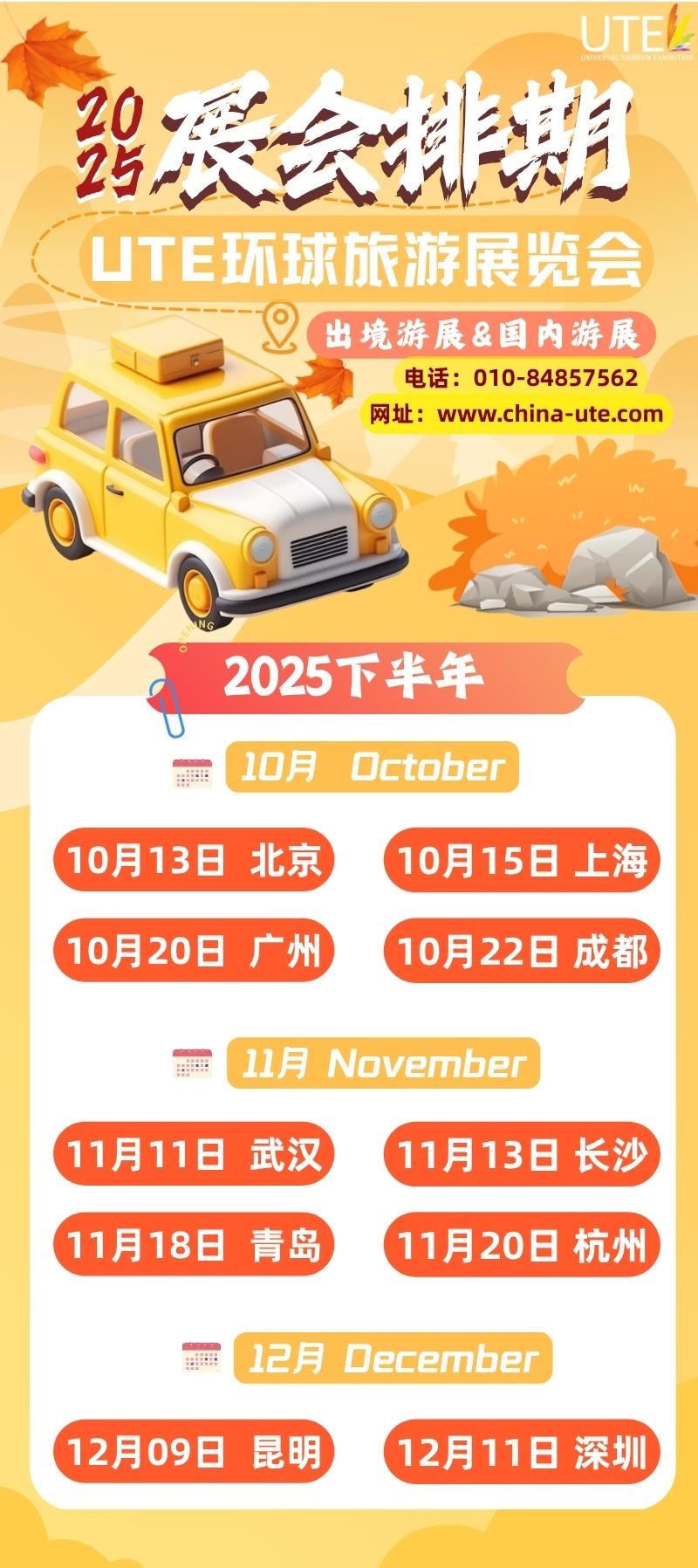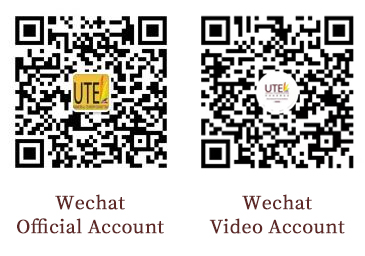"2025 Global Tourism Revolution: From 'Check-ins' to 'Immersion,' How Supply-Side Innovation Ignites a New Engine for the Culture and Tourism Industry?"
"2025 Global Tourism Revolution: From 'Check-ins' to 'Immersion,' How Supply-Side Innovation Ignites a New Engine for the Culture and Tourism Industry?"
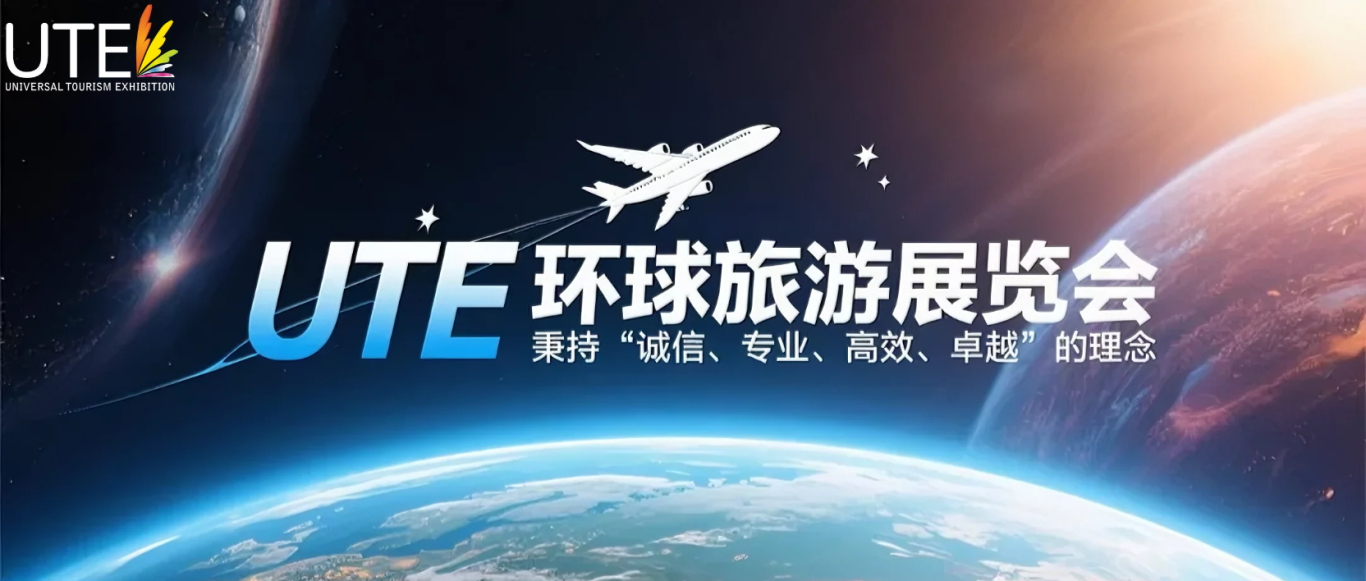
As participants in the tourism industry, we've witnessed firsthand the fluctuations and vibrant energy of the global travel market during the 2025 tourism boom. In this period, deep-dive tours, custom itineraries, ecological trips, and educational travel have shined brightly, becoming the rising stars of the travel landscape. For example, in Europe, the Provence region of France stands out as a jewel of romance, known for its vast lavender fields swaying in the breeze, quaint villages, and a rich tapestry of art exhibitions and historical sites.
Visitors seeking profound cultural experiences flock to Provence, where they can stroll through lavender fields and embrace the quiet, fragrant nature. They wander ancient village streets to uncover historical traces and immerse themselves in art exhibitions to appreciate the charm of creativity. Meanwhile, on the other side of the Atlantic, Panama is championing ecotourism with its unique tropical rainforest ecosystem and rich biodiversity. Tourists can join expert guides on expeditions deep into the jungle to observe rare flora and fauna, participate in wildlife conservation projects, and witness the magic and mystery of nature firsthand. In Asia, Chiang Mai, Thailand, has become a top destination for educational travel, thanks to its distinct Lanna culture and peaceful rural landscapes. Here, visitors can learn traditional Thai cooking and massage, try meditation, and gain a deeper understanding of Thai history, culture, and way of life.
Faced with these new, flourishing trends, I deeply understand that today's tourists are increasingly focused on unique and immersive experiences. The pursuit of spiritual and mental enrichment has become a powerful engine driving the growth of the culture and tourism market. This is a clear wake-up call for the tourism industry's supply side: we must prioritize meeting tourists' refined, differentiated, and innovative needs, moving beyond simply listing attractions or scheduling activities. This focus will be the key to the future upgrading of the tourism industry.
Part 1. Supply-Side Innovation Unleashes the Tourism Market's Boundless Potential
Since 2025, the culture and tourism market has flourished with a vibrant energy, with impressive data from the Spring Festival to the National Day holidays. In my opinion, the introduction of more diverse and unique cultural and tourism products and services has invigorated the market, bringing it to life. Domestically, Dali City in Yunnan has diligently promoted the integration of culture and tourism by renovating ancient streets and delving into the rich heritage of the Bai ethnic group. This allows tourists to wander through charming streets, admire traditional Bai architecture, savor local cuisine, and participate in traditional festivals. Similarly, Zhangjiajie City in Hunan has launched various natural-scenery themed tours, such as glass skywalk adventures and Tianmen Mountain cable car tours. By blending these with immersive Tujia ethnic cultural experiences, they have created offerings that are very popular with visitors. Internationally, Florence, Italy, has leveraged its rich artistic heritage and historical architecture to launch educational art tours. Under the guidance of professional art instructors, tourists can visit renowned institutions like the Uffizi Gallery and the Accademia Gallery to learn artistic techniques such as painting and sculpture, gaining a deep understanding of the history and culture of the Renaissance.
Meanwhile, the fusion of traditional culture and modern technology has emerged as a "secret weapon" for attracting younger tourists. During the Spring Festival, China's Palace Museum used virtual reality (VR) and augmented reality (AR) technology to let visitors travel through time and personally experience the splendor and mystery of the ancient court. Wearing VR headsets, tourists could wander among the Forbidden City's red walls and golden roofs, admiring exquisite artifacts as if they were part of ancient palace life. Abroad, Tokyo Disneyland in Japan used holographic projection to create dazzling, colorful fantasy shows that left visitors fully immersed and captivated by the fairy tale world. "Younger tourists prefer activities that are meaningful and creative," I often explain to exhibitors. "By satisfying their needs for emotional connection and social interaction, traditional culture can achieve innovative preservation and growth."
Part 2. Diverse Tourist Groups Create a New Wave of Personalized Demands
This year, while traditional cultural and tourism hubs like Paris, London, and New York continue to attract global attention, many lesser-known, niche cities are emerging as strong contenders. Data from this year's travel market shows that these emerging cities are performing exceptionally well in booking popularity, visitor numbers, and tourism revenue growth. According to data from the Trip.com platform, during the summer peak season, many second and third-tier cities and towns in Europe have seen a surge in popularity, becoming new growth poles for the tourism market. In my observation, the increasingly diverse identities of tourists are naturally leading to varied and personalized demands, which brings new opportunities for the market. Young consumers, in particular, are the driving force behind the growth in demand for unique and high-quality experiences. These tourists are keen to explore smaller, "treasure cities" and seek to experience "life behind the scenery." For instance, in Italy's Cinque Terre, visitors can admire the colorful coastal towns while also experiencing the local fishermen's way of life and savoring fresh seafood. Additionally, the "silver-haired generation" has become a significant force in the market. Data from relevant organizations shows that this demographic makes up a substantial portion of global travelers. Recently retired seniors are cultured, financially stable, and prioritize quality of life, often favoring independent and comfortable travel. They may opt for new travel models like extended stays in smaller towns to experience a more authentic "sense of life." A prime example is Spain's Andalusia region, which, with its pleasant climate and deep cultural heritage, has branded itself as a "retirement tourism paradise" and has attracted numerous seniors from across Europe. "More small cities that offer spiritual enjoyment to tourists are poised to become new hot spots," I often tell exhibitors, encouraging them to focus on these emerging markets, "especially those close to major cities with convenient transportation, as they are well-positioned to benefit from the cultural and tourism ripple effect."
Part 3. Co-creating a New Chapter in Tourism and Culture, Charting a New Blueprint for the Future
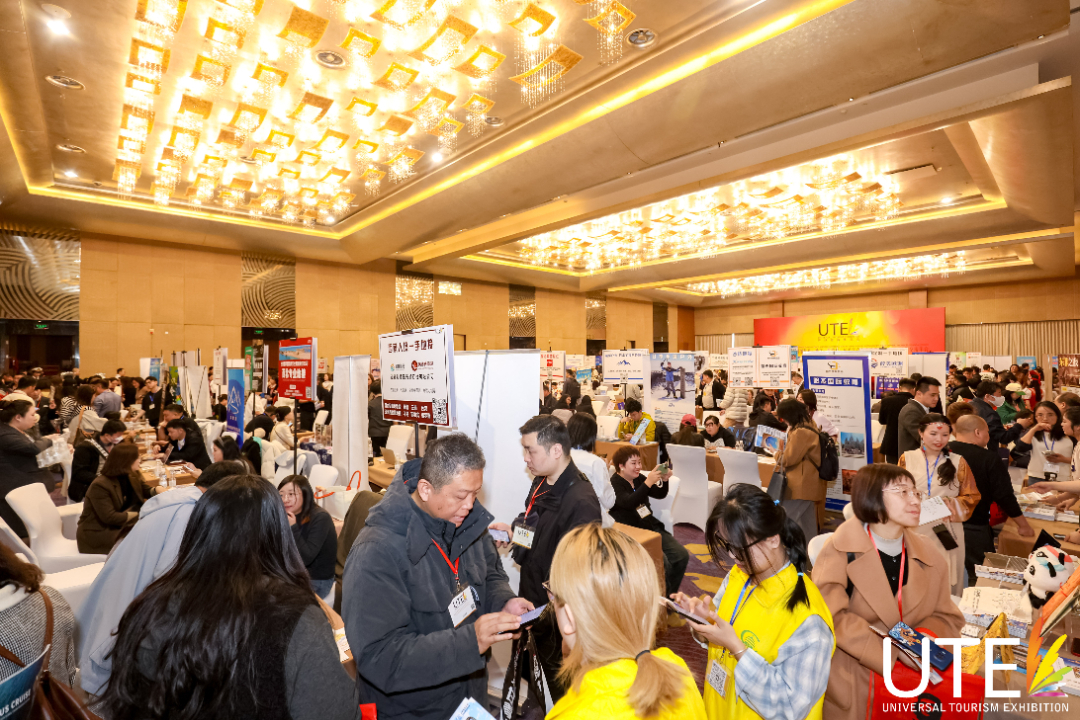
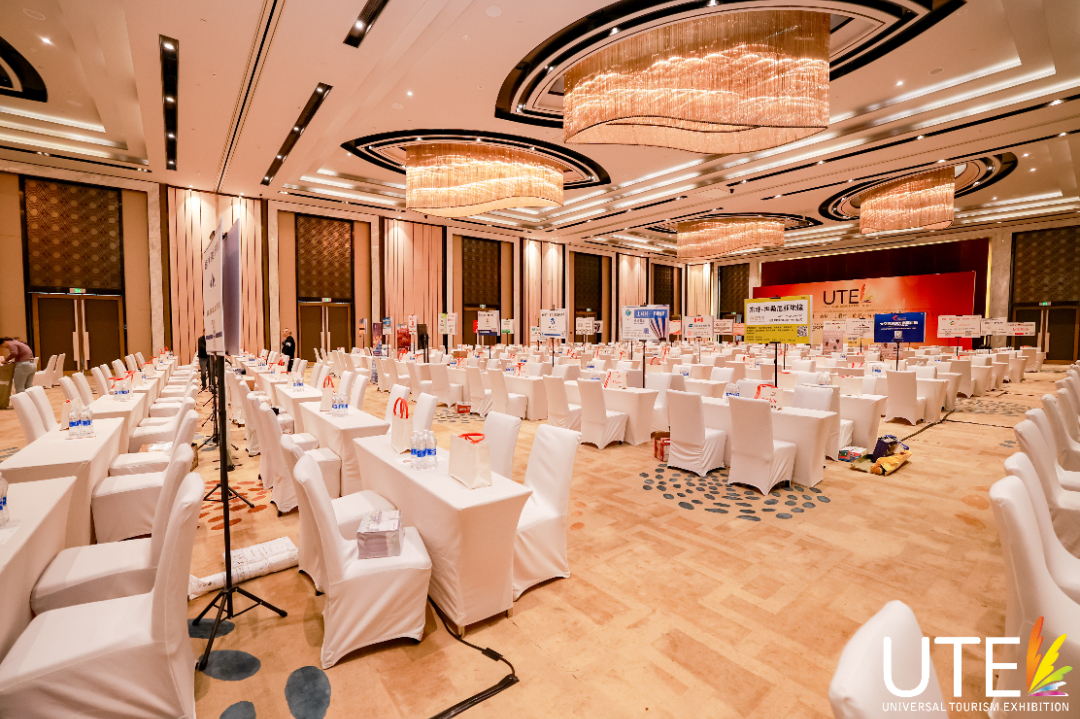
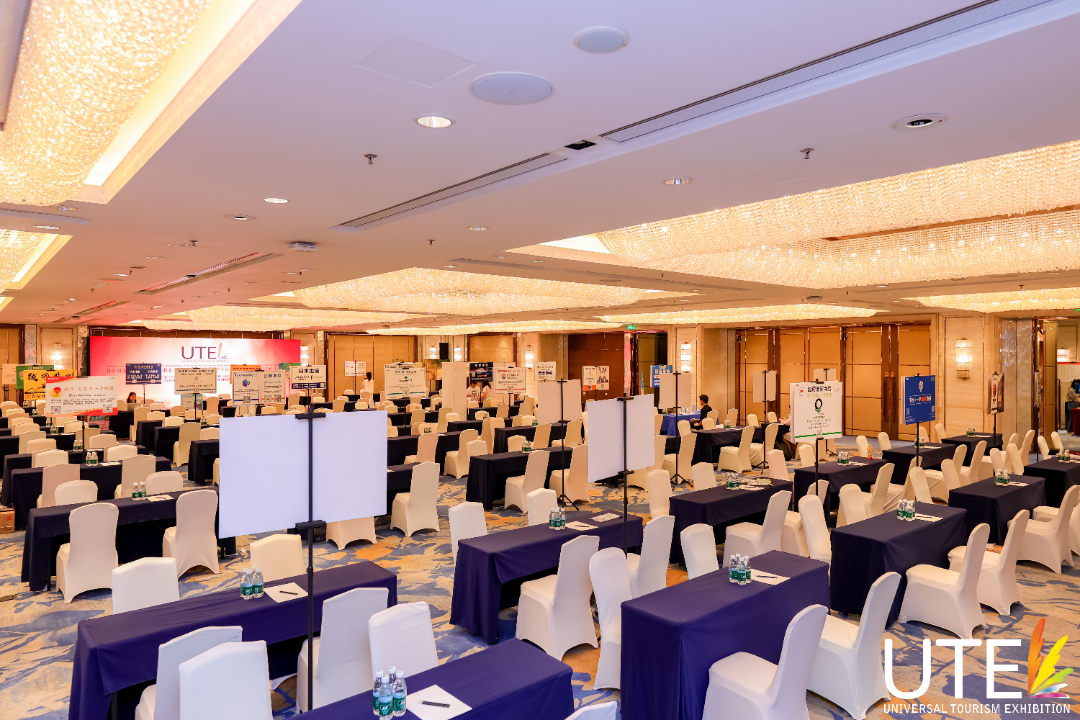
As more small cities emerge, I realize that short-term popularity isn't the same as long-term value. "A strong sense of lifestyle and spiritual enrichment are key attractions for today's destinations. High-quality, consistent environments are what will keep tourists coming back," we often share with exhibitors. Tourism and daily life are intrinsically linked. If tourism facilities like lodging, dining, and transportation can be seamlessly integrated with local life, we can avoid the awkward situation of a destination having "scenery without life." Simply creating trendy spots won't retain visitors. Cities must fully improve their transportation infrastructure and public services while enriching local cultural and entertainment activities to cultivate an authentic atmosphere for travelers. In terms of communication, I believe we should build "predictable experiences" for tourists by conveying the "simple reality" of daily life rather than a constant stream of high-intensity events. We should avoid separating visitors from local life; a friendly, genuine, and welcoming urban environment is the true "traffic password" for a city's brand. With this in mind, we sincerely invite tourism companies, destinations, tour operators, and various industry professionals from around the globe to the UTE Global Tourism Exhibition. Here, you can showcase your latest offerings, share successes, network with peers, and stay ahead of global trends. Let's work together to paint a new picture of a vibrant and opportunity-filled future for the tourism and culture market in the second half of 2025. We look forward to your participation!
END
即刻扫码解锁 专属你的展位 微信号:13716980652
